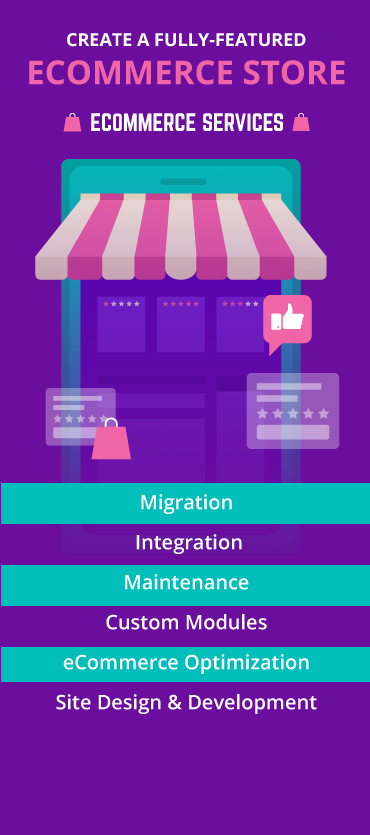You’ve spent months and years developing and maintaining your eCommerce site, but got no traffic yet?
What is it that’s not bringing results?
Is it –
- Topical authority
- Content depth
- Page speed
- User experience
- Content accuracy
Since getting more traffic for your online business is of paramount importance, mastering eCommerce SEO must have definitely crossed your mind.

Whether you’re just getting started with a new eCommerce website or improving an existing one, this blog post offers useful tactics to help you step up your SEO game.
But before we dive deeper into it, it’s important to know
Why eCommerce SEO Matters?
With 44% of online shoppers using search engines as their first medium of search, you are certainly going to want to hop on the SEO bandwagon.
Now, what do customers do when they search online for products or services? They look for tips, compare products, and related information to make informed decisions.
However, if your website does not appear in the SERPs, you lose a good number of interested eCommerce customers. Your products might be present on the web, but the question is if they are searchable.
That’s where SEO eCommece enters! It helps your brand reach the desired audience without having to run any paid ads. Once you are successful in driving traffic to your website, you have the choice to introduce your products, content, and services to them.
So, let’s learn what needs to be done to get people to your site:
Develop an eCommerce SEO strategy
eCommerce SEO may look like a daunting task, especially if you have a website with a number of products. However, it isn’t as challenging as it may seem. While it may take a little long, you can speed up the process with a perfect strategy.
Systemize your website pages: Start with the pages that get most of the traffic on your website. In addition to this, if you want your audience to pay attention to some product or service specifically, prioritize that product first.
Look for your competitors: Your SEO strategy needs to be designed in a way that you stand out from the crowd. Check out your competitors and their SEO efforts. Once done, it’s time that you look for ways to make yours better.
Note: If your business lacks a strong SEO strategy, you can lose out on impressions, clicks, brand, and majorly on sales.
Here’s a step by step guide to help you.
Step 1: Research
Before you start any SEO work, you need to start with 2 types of research:
1. Keyword research
2. Competitor research
Keyword Research:
Keyword research is the basis of every eCommerce SEO campaign as it tells you about each SEO related task that you perform on your website.
For example, without keywords it is difficult to optimize your category pages or products.
In addition to this, your list of keywords influences your technical SEO too. That is why your site URLs and structure need to take keywords into consideration.
Here’s how you can find what your customers search for.
There are 3 key areas you need to consider while doing keyword research:
1. Look for keywords for your product and homepage
2. Avoid keyword cannibalization
3. Choose keywords for blog topics
Competitor research:
Once you are done with your keyword research, it’s time to move on to competitor research. Figure out:
- Which keywords are your competitors using?
- Where are they taking their links?
- What’s their site architecture?
Knowing how your competitors do it, gives you a clue if you want to take the same route with little modifications or completely a new one.
The next step is to form a strategy to stand out from your competitors. Think about:
- What can you do to make your website look better than your competitors?
- How can you make your eCommerce platform more social?
- How can you set a blog page which is unique, helpful, and different?
Step 2: Site architecture
How the pages on your website are arranged and organized is one of the important SEO considerations for any website.
In fact, it’s even more important for an eCommerce site. This is the reason your eCommerce sites tend to have more pages than a simple blog page or a general website.
There are two golden rules for a site structure:
1. Keep things simple and scalable
2. Make it easily accessible from the homepage
Step 3: User experience
The user experience of your website plays a critically important role in getting potential customers to spend time on your website. A great UX brings in your customers not just once but repeatedly, which is the eventual goal!
Your usability testing should include checking out if your visitors have easy access to contact you, seamless checkout process, easy navigation, and if your site loads quickly.
Step 4: Backlinks for eCommerce SEO
Backlinks are another signal that Google uses to determine where your pages rank in the SERPs. The more backlinks you have from high-quality sites, the more authoritative your website becomes. Building backlinks for eCommerce businesses is not a difficult task. Guest posting on blogs related to your niche is one easy way to build links.
Wrapping up
While there are multiple reasons for optimizing your website for search engines, the bottom line is to boost sales.
When eCommerce SEO is performed well, your business experiences an increase in traffic, which may lead to more conversions, and enhanced revenue.
It is very important to understand that SEO work is not a one time deal. Search engines are updating their algorithms every now and then in order to bring best results. Therefore, you need to stay on top of the updates and adjust your strategy accordingly.
Want to Build a SEO Strategy for Your Online Store? Contact Us!











